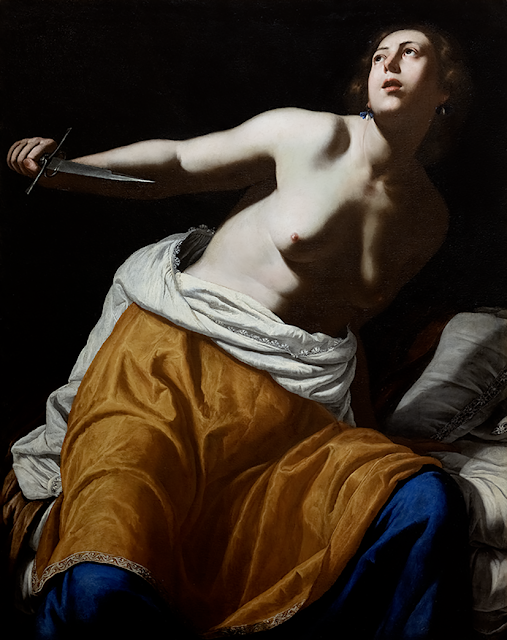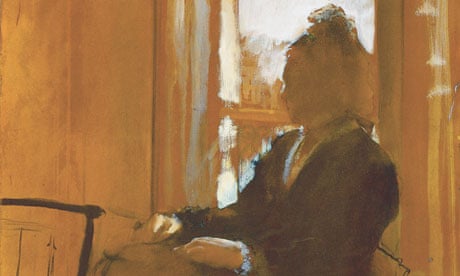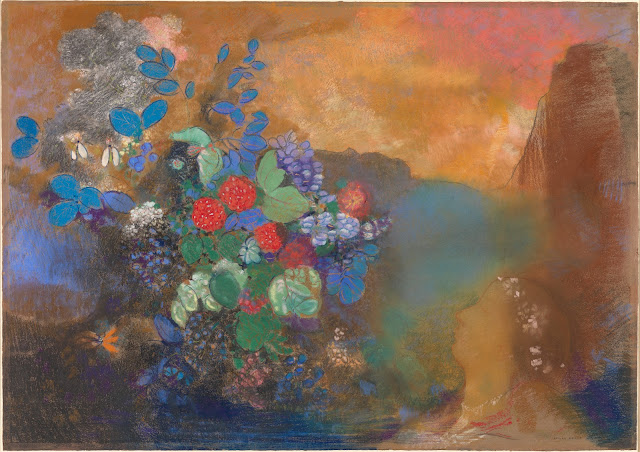Centre Pompidou
18 october 2023 - 15 january 2024
Anne Lemonnier, assistant curator, Musée national d’art moderne
Johan Popelard, curator of drawings and prints, Musée national Picasso-Paris
To mark the fiftieth anniversary of Pablo Picasso's passing, the Centre Pompidou is organising "Picasso. Dessiner à l'infini" (Picasso. Endlessly Drawing) in collaboration with the musée national Picasso-Paris. The exhibition highlights the most prolific part of his creation by bringing together nearly a thousand works: notebooks, drawings and engravings, most of which come from the collection of the musée national Picasso-Paris. From his youthful studies to his final works, for Picasso, drawing was a constantly renewed place of invention around the power of the stroke, ranging from serpentine lines to hatched drawings and proliferating compositions, from the delicate nuances of pastels to the deep blacks of ink.
This journey through the graphic work, a sort of compulsively kept private diary, the notebooks being the most precious examples, immerses us in the heart of the artist’s work. The exhibition showcases the extraordinary collection of the musée national Picasso-Paris, coming from the artist's studios and preserved by him until his death. The non-linear visit overturns the strict chronological order, enabling resonances to be established between different periods and contrasting well-known masterpieces with drawings presented for the first time.
"Picasso. Dessiner à l'infini" is the greatest retrospective ever organised of the artist's drawings and engravings, plunging visitors into the maelstrom of Picasso's creative processes.
At the same time, the musée national Picasso-Paris presents the Sophie Calle exhibition entitled "À toi de faire, ma mignonne" (Your Turn, Darling), act 2 of the Celebration that explores the idea of disappearance, which is central to the artist's work.
Célébration Picasso 1973-2023 : 50 exhibitions and events to celebrate Picasso
2023 marks the fiftieth anniversary of Pablo Picasso's passing and thus places the year in the context of the celebration of his work in France, Spain and internationally. To celebrate
Picasso's heritage today means questioning what this major oeuvre for western modernity represents today. It means demonstrating its living, accessible and contemporary aspects.
Célébration Picasso 1973-2023 is introduced by the musée national Picasso-Paris, the leading lender and coordinator of the event, and Bernard Picasso, grandson of the artist and president of the FABA and of the Málaga Picasso Museum. It is organised around some fifty exhibitions and events to be held in reputed cultural institutions in Europe and North America and which, together, with the help of reinterpretations and original approaches, enable us to review
the state of studies and comprehension of Picasso's oeuvre.
Together, the French and Spanish governments wished to support this large-scale transnational event. The commemoration will thus be punctuated by official celebratory events in France and Spain, and will conclude with a grand international symposium in December 2023, coinciding with the opening of the Picasso Studies Centre in Paris.
Pablo Picasso,
Acrobat, 1930
MP120, musée national Picasso-Paris
© RMN-Grand Palais (Musée national Picasso-Paris) / Adrien Didierjean
© Succession Picasso 2022
Pablo Picasso, Portrait of Françoise, 1946 - Pablo Picasso Acceptance in Lieu, 1979 © musée national Picasso-Paris (MP1351), © Succession Picasso 2023. |



















